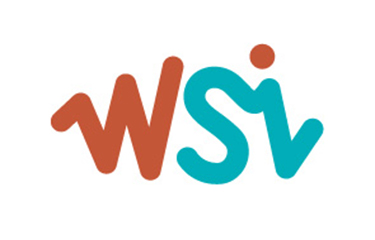The representation of women on the boards of global seafood companies grew to 14.4 percent in 2020, up from 9.1 percent in 2016, according to a new analysis by International Organisation for Women in the Seafood Industry (WSI).
WSI Executive Director Marie Christine Monfort told SeafoodSource that while this figure is the highest ever recorded, it represents just a modest improvement on previous years.
WSI Project Manager Natalia Briceno-Lagos looked at the gender composition of executive teams, board members, and CEOs of more than 80 high-performing seafood companies, drawing information from corporate and financial websites for the analysis. Her results show that only 4 of the top companies have a female CEO – Bumble Bee Foods and American Seafoods Group in the U.S., Marusen Chiyoda Suisan in Japan, and Vinh Hoan in Vietnam.
According to Briceno-Lagos, 35 percent of the companies analyzed were found to have an exclusively male board of directors, and only 5 percent had more than 40 percent women represented on their boards. The exception to this is Vinh Hoan, whose female CEO is supported by 10 women and two men on the board.
Breaking down the figures by continent, Briceno-Lagos found that of the companies surveyed, South American businesses fared worst, with only 9 percent of seafood boards having female representation, followed by Asia at 10 percent, and North America and Europe level-pegging at 21 percent.
“Compared with other industries, seafood sits near the bottom, just above mining, which has a 13 [percent] representation of women on boards. The oil and gas industry sits at 17 [percent], Science, Technology, Engineering, and Mathematics (STEM) at 20 [percent] and finance at 23 [percent],” Briceno-Lagos said.
She said that talking about women on seafood boards highlights their access to power through decision-making and their visibility as role models. At present, there is a heavy unbalance between the genders, but part of the issue is rooted in gender cultural norms, which are difficult to shift.
“We need the sector to be much more open to incorporating women in top positions, and to appoint them on merit, as well as taking diversity and gender equality into consideration,” Monfort said.
Norway is always held up as an example of an enlightened country, because in 2003 it was the first to introduce a gender quota on the boards of companies listed on the Oslo Stock Exchange. However, Monfort said that “even here, the participation of women dropped from 31 [percent] to 27 [percent] last year.”
In an article in the Financial Times, which looked at the gender paradox at the very top of business in Norway, the country’s then-minister for equality, Linda Hofstad Helleland, was quoted as saying: “Three-quarters of recruitment is down to informal networks. Men recruit men. Men recruit CEOs that look like themselves. We need to challenge these attitudes.”
What do women offer corporate governance? This is an oft-asked question, according to Monfort, who explained that studies throw up increased board effectiveness, decreased level of conflict, and higher earnings, with an overwhelming consensus that gender diversity brings more to a company than it takes.
“We take inspiration from these findings at WSI and are determined to inspire positive changes with the support of progressive seafood players,” Monfort and Briceno-Lagos said.







